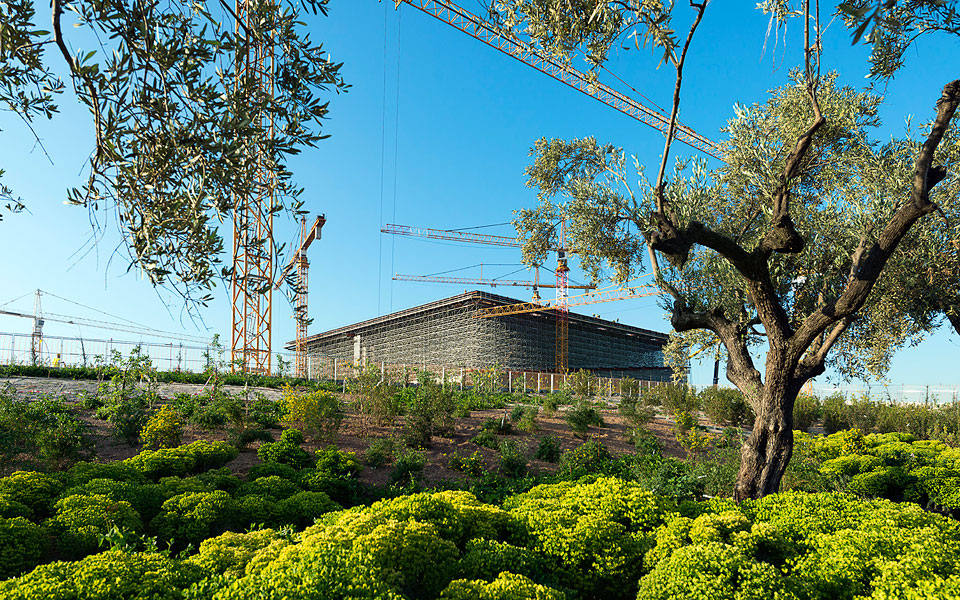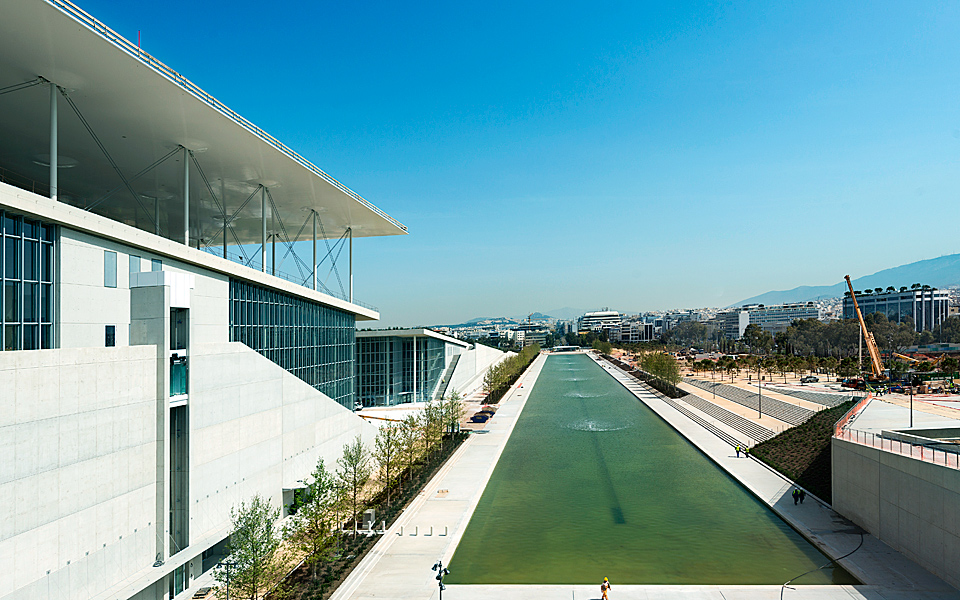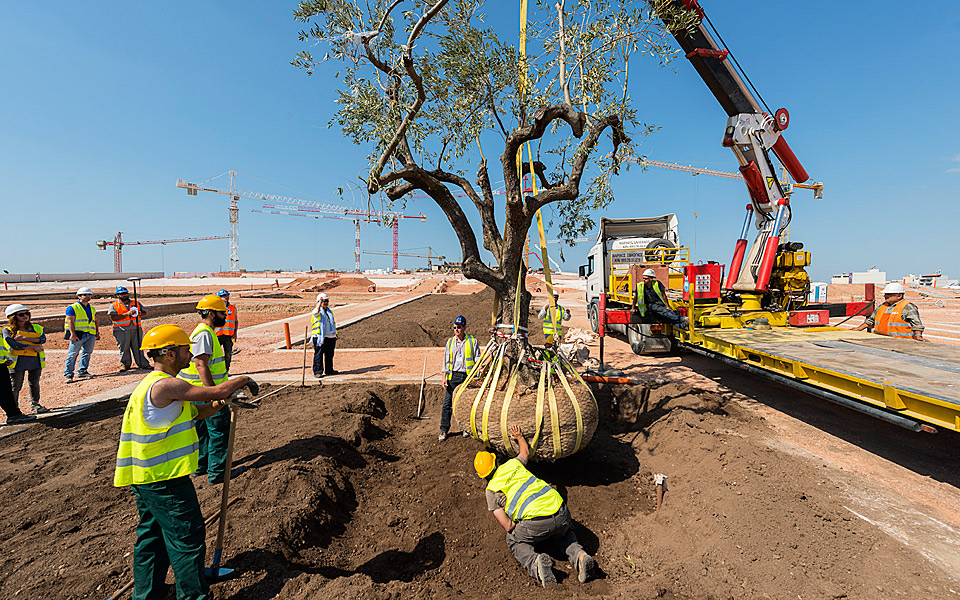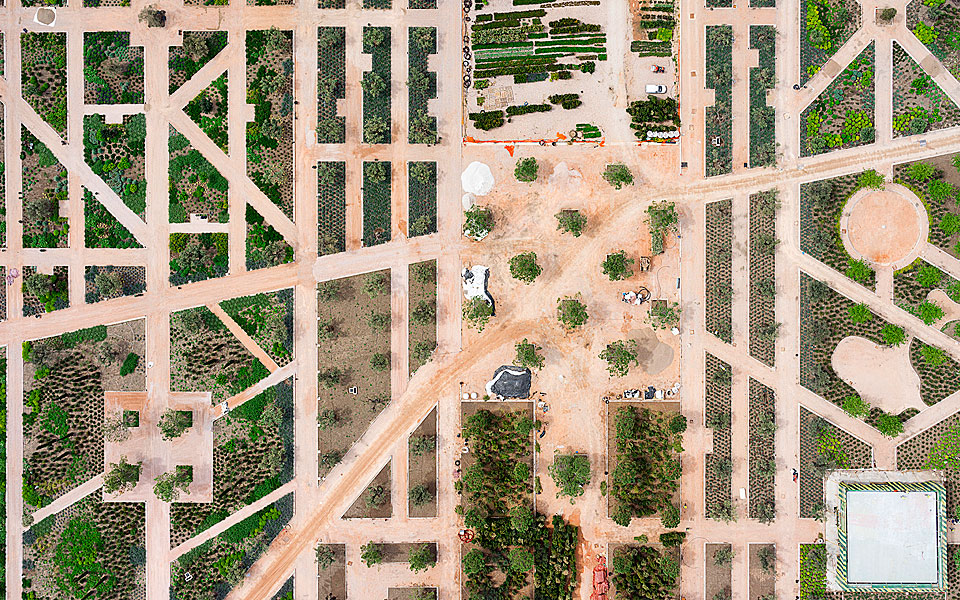Lake Vouliagmeni: The Hidden Gem of Athens
A natural spa by the Athenian...

The Stavros Niarchos Foundation Cultural Center is providing cultural and environmental enrichment to the area
On October 27, 2016, The U.S. Green Building Council (USGBC), the organization that has developed the leading international certification system for green buildings, has announced that the Stavros Niarchos Foundation Cultural Center (SNFCC) has received a Platinum level LEED certification, the highest possible rating for environmentally conscious and sustainable buildings. The SNFCC is currently the first building in Greece to have received the award.
A few examples of other buildings who have met the award’s standards are the Vestas Technology R&D Center in Denmark, the Water+life Museum in the USA, and the Park Ventures Ecoplex in Thailand.
“Natural resources, energy saving, observing the breeze, catching the sun. All those things have been in the DNA of the SNFCC in Athens right from the very beginning,” said Renzo Piano, the project’s architect. “I am pleased and honored that we have received the Platinum LEED recognition. This is the best you can have in making buildings today. This excellence joins the profound ethic of the Centre to be a place for people, for art, for culture and for environment.”
The SNFCC’s aim to create a space which will serve as a prime example of environmental sustainability seems set to be achieved on all levels – from the materials used to the trees selected for planting in its park, and from the careful consideration of water consumption to the photovoltaic elements on the roof.
Planning and construction was carried out according to strict environmental considerations. Around 53% of the materials and products used were sourced within a radius of 800 km from the site, which resulted in the reduction of environmental impact during their transport. Moreover 95% of the construction site’s waste was recycled, actions were taken against erosion and water waste, and the spread of dust was kept to a minimum.
Air quality inside the building is achieved through a filtration system, and noise pollution measures have also been implemented in an effort to respect and protect the locality.
“The SNFCC’s aim to create a space which will serve as a prime example of environmental sustainability seems set to be achieved on all levels.”

The canal acts as a natural continuation of the sea

An olive tree, the first tree which was planted in the park

Plants tolerant of dry conditions were selected for the park
Α bioclimatic roof covers the top of the Opera house which measures a total of 10,000 sq.m. and includes 5,600 photovoltaic elements that can partially meet the electricity needs of the Center. Other energy efficiency initiatives – external wall insulation, energy efficient windows, energy conservation appliances and daylight sensors – will help save around 0.6 million euros annually, as well as reduce the building’s carbon footprint by 2,750 tons per annum.
Another noteworthy environmental initiative is the way in which water is managed. A project of this scale requires large amounts of water, especially for the irrigation of its green spaces. Non-drinkable underground water, seawater (through a reverse osmosis desalination system), and rainwater is collected for use in irrigation. Additionally, the canal running through the park will be supplied with seawater rather than freshwater.
Due of these planned interventions, it is hoped that as much as 85% of the grey water the site produces can be reused, therefore potable water is not wasted.
Around 1,400 fully grown trees and 300,000 other types of flora have been planted. All plants were chosen to be endemic to the area, and tolerant of dry conditions. The SNFCC has declared it will double the amount of green space available in the area, from 0.74 sq. m. per person, to 1.50 sq. m.
The 210,000 sq. m. park, with its iconic incorporation of the roofs of the SNFCC, substantially enriches the local ecosystem. In fact, its positive influence has already been observed in the area’s biodiversity, with species such as honeybees reappearing in the wider area.
“The 210,000 sq. m. park, with its iconic incorporation of the roofs of the SNFCC, substantially enriches the local ecosystem.”
A natural spa by the Athenian...
Since 1928, this family-run wine taverna...
Six Athenians tell us about their...
A monument of memory and music,...